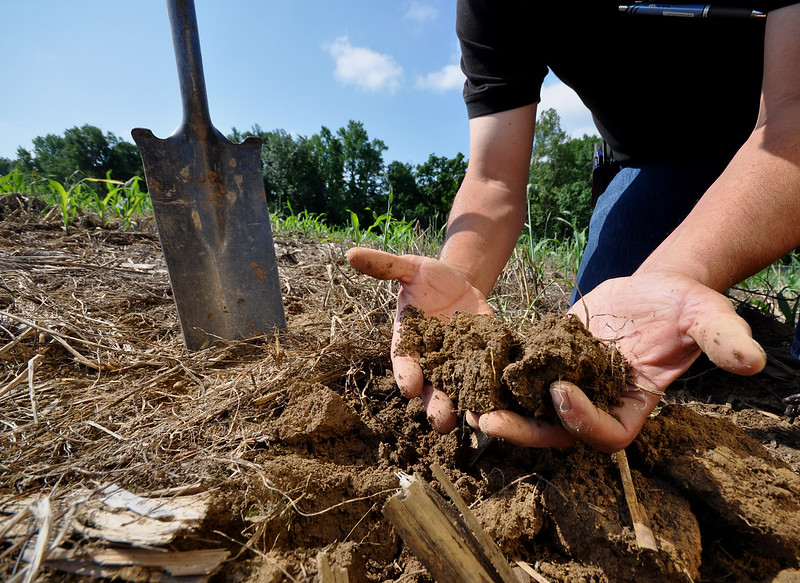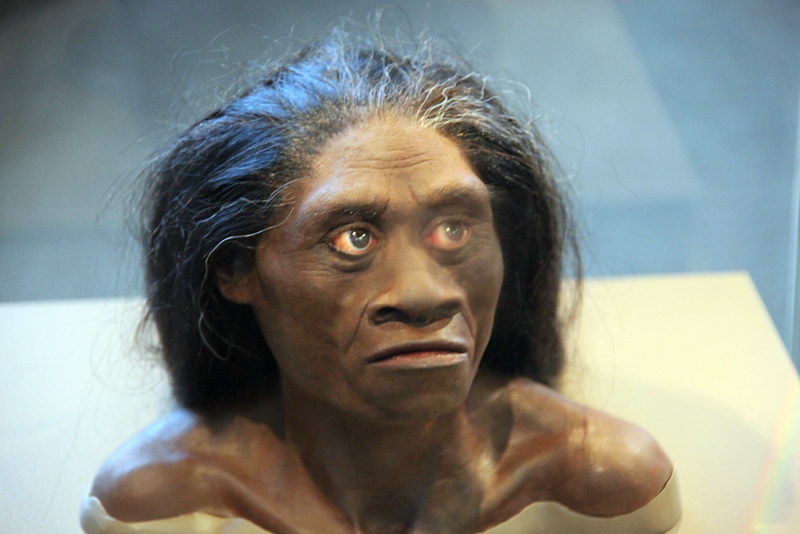The New York Times, June 22, 2016
The ocean contains a vast number of living things, including many, many pathogens — from bacteria that thrive on coral to fungi that infect lobsters. A drop of seawater may hold 10 million viruses.
Recently, a team of scientists revealed a frightening member of this menagerie: free-floating cancer cells that cause contagious tumors in shellfish. Last year, they found one such cancer in a species of clam. On Wednesday, they reported that three more species were plagued with contagious cancers.
The cancers are specific to shellfish and do not appear to pose a danger to humans who eat them.
Continue reading “Cancer Is Contagious Among Clams. What About Us?”

